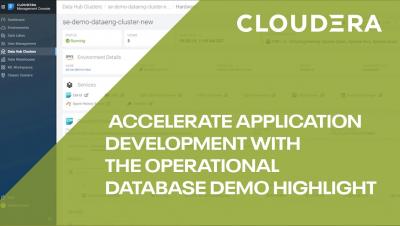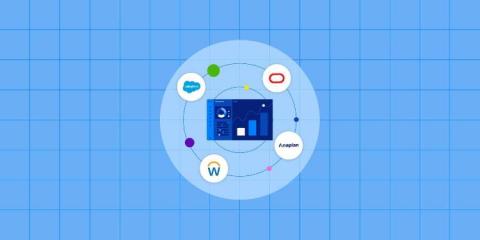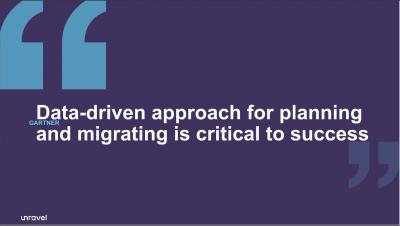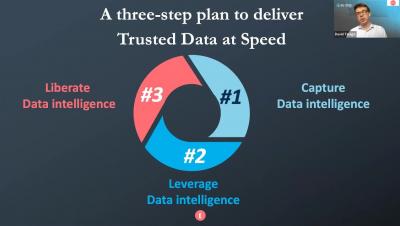Systems | Development | Analytics | API | Testing
Analytics
What Is a Data Pipeline?
A data pipeline is a series of actions that combine data from multiple sources for analysis or visualization. In today’s business landscape, making smarter decisions faster is a critical competitive advantage. Companies desire their employees to make data-driven decisions, but harnessing timely insights from your company’s data can seem like a headache-inducing challenge.
What are ETL tools?
Thinking of building out an ETL process or refining your current one? Read more to learn about how ETL tools give you time to focus on building data models. ETL stands for extract-transform-load, and is commonly used when referring to the process of data integration. Extract refers to pulling data from a particular data source. Transforms are used to make that data into a processable format. Load is the final step to drop the data into the designated target.
Achieve Pin-Point Historical Analysis of Your Salesforce Data
Want to look at how data has changed over time? Simply enable history mode, a Fivetran feature that data analysts can turn on for specific tables to analyze historical data. The feature achieves Type 2 Slowly Changing Dimensions (Type 2 SCD), meaning a new timestamped row is added for every change made to a column. We launched history mode for Salesforce in May and have been delighted with the response.
Fivetran vs. MuleSoft vs. Xplenty : An ETL Comparison
The key differences between Fivetran, MuleSoft, and Xplenty: Hiring a data scientist or engineer can cost up to $140,000 per year —something many businesses can't afford. Still, organizations need to pull data from different locations into a data lake or warehouse for business insights. An Extract, Transform, and Load (ETL) platform makes this process easier, but few organizations have the technical or coding know-how to make it happen.
Moving Big Data and Streaming Data Workloads to AWS
How to Transform and Load Data into MongoDB
How leading organizations govern their data to find success
Hive vs. SQL: Which One Performs Data Analysis Better?
Key differences between Hive and SQL: Big data requires powerful tools. Successful organizations query, manage and analyze thousands of data sets from hundreds of data sources. This is where tools like Hive and SQL come in. Although very different, both query and program big data. But which tool is right for your organization? In this review, we compare Hive vs. SQL on features, prices, support, user scores, and more.
How to configure clients to connect to Apache Kafka Clusters securely - Part 1: Kerberos
This is the first installment in a short series of blog posts about security in Apache Kafka. In this article we will explain how to configure clients to authenticate with clusters using different authentication mechanisms.










